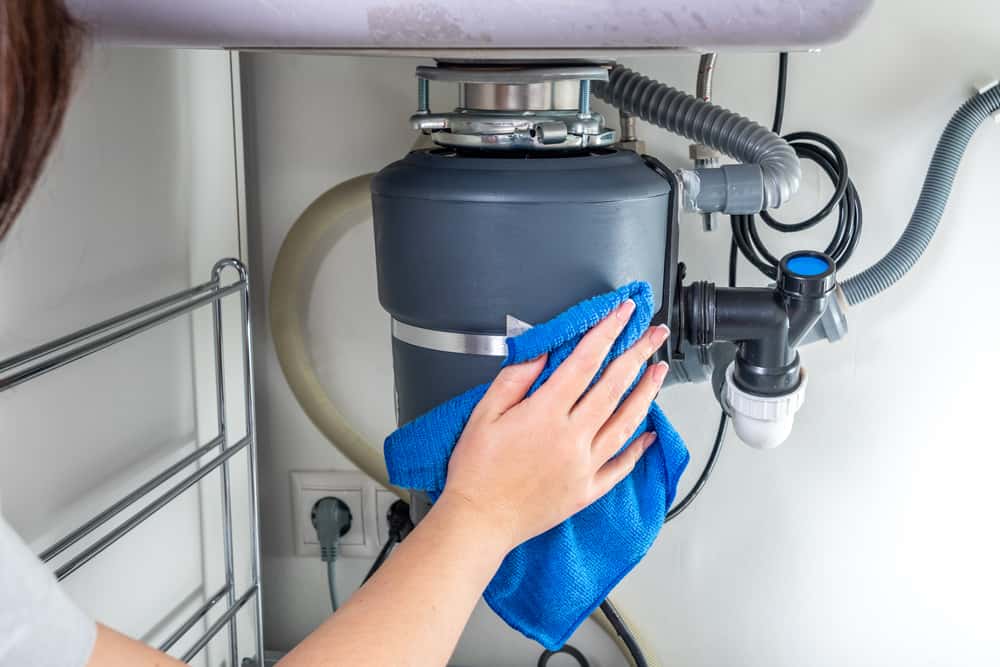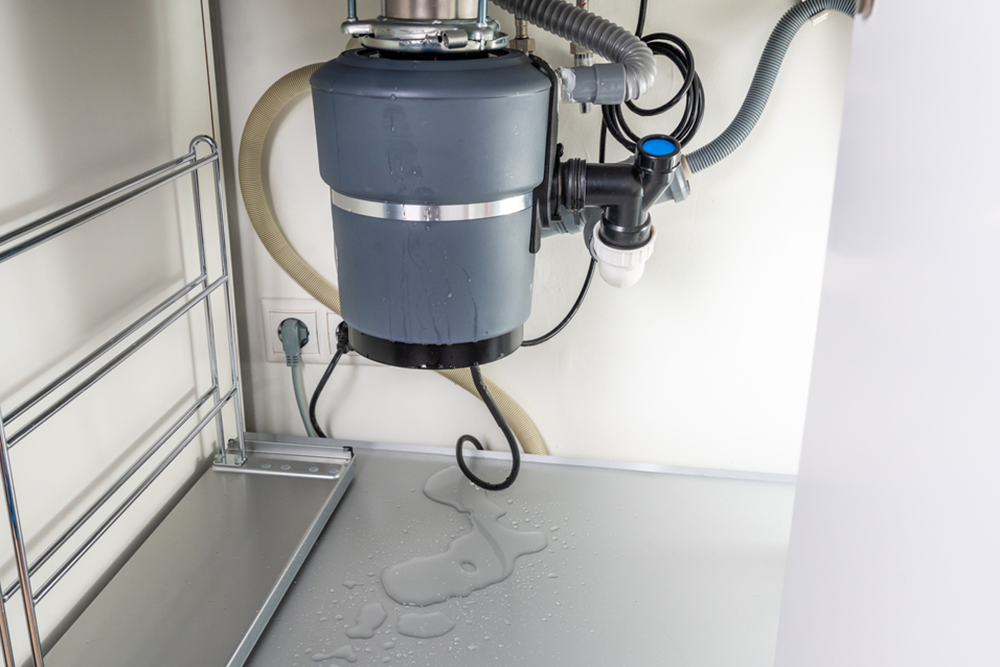My Definitive Guide to Fixing a Leaky Waste Disposal Unit
My Definitive Guide to Fixing a Leaky Waste Disposal Unit
Blog Article
How do you feel in regards to The Handy Guide To Fixing Your Garbage Disposal Leaking?

Garbage disposals are important kitchen devices that aid in disposing of food waste efficiently. However, a leaking waste disposal unit can be an irritating and messy problem to handle. Thankfully, many leakages can be taken care of easily with a few straightforward steps. In this write-up, we will discuss just how to deal with a dripping garbage disposal properly.
Intro
Waste disposal unit are installed under cooking area sinks and are designed to shred food waste into smaller items, permitting it to travel through the plumbing system quickly. While these devices are usually trustworthy, leaks can happen over time because of deterioration, loosened connections, or damage to the device.
Common Reasons For Leaks in Trash Disposals
Worn Seals and Gaskets
Seals and gaskets play a critical duty in protecting against water from dripping out of the garbage disposal. Gradually, these elements can weaken, bring about leaks around the disposal unit.
Loose Links
The connections in between the waste disposal unit and the plumbing system can end up being loosened in time, creating water to leak out during procedure.
Splits or Openings in the Disposal System
Physical damage to the waste disposal unit, such as cracks or holes in the housing, can likewise lead to leaks.
Identifying the Resource of the Leak
Before trying to fix a dripping garbage disposal, it is important to determine the resource of the leakage. This can normally be done with visual assessment or by conducting basic tests.
Visual Inspection
Examine the garbage disposal system carefully for any type of indicators of water leak. Pay close attention to locations around seals, gaskets, and link points.
Evaluating for Leaks
One means to check for leakages is by running water with the disposal system and checking for any type of visible indications of leakage.
Tools and Materials Needed for Dealing With a Dripping Garbage Disposal
Prior to beginning the repair process, collect the essential tools and products, including a screwdriver, adjustable wrench, plumbing's putty, substitute seals or gaskets, and epoxy or patching material for repairing cracks or openings.
Step-by-Step Guide to Dealing With a Dripping Waste Disposal Unit
Switch off the Power
Before attempting any kind of fixings, make certain that the power to the waste disposal unit system is shut off to avoid the threat of electrical shock.
Find the Leak
Determine the precise area of the leak and determine the cause.
Tighten up Connections
Use a wrench to tighten any loosened connections in between the disposal device and the pipes system.
Replace Seals or Gaskets
If the leak is because of used seals or gaskets, get rid of the old parts and change them with new ones.
Patching Splits or Holes
For splits or holes in the disposal system, use epoxy or an ideal patching material to secure the broken area.
Examining the Garbage Disposal After Repair Service
When the repair service is complete, check the garbage disposal by running water via it to make sure that the leak has been fixed.
Preventive Upkeep Tips to Stay Clear Of Future Leaks
To stop future leakages, it is vital to carry out routine upkeep on your waste disposal unit. This includes keeping it tidy, preventing putting non-food products or tough things down the disposal, and regularly looking for leaks or various other problems.
Final thought
To conclude, dealing with a dripping waste disposal unit is a reasonably simple procedure that can be completed with fundamental devices and materials. By following the steps outlined in this article and practicing preventive upkeep, you can keep your waste disposal unit in good working problem and stay clear of pricey repairs in the future.
What to Do About a Leaking Garbage Disposal
A leaking garbage disposal often goes unnoticed until you confront a sopping cabinet, a foul-smelling puddle, or an audible drip-drip-drip from the unit. The fix can be frustrating, too, because the leak can stem from a number of components in the system. Fortunately, with a little sleuthing, you can zero in on the leak and—depending on the exact location—stop the icky oozing and repair the component that caused it. Worst case scenario, if it turns out that the garbage disposal must be replaced, installing a new one is a reasonable do-it-yourself task for those with basic plumbing skills. Read on to keep the cash you’d otherwise hand over to a pro.
Prepare to find the leak
Prior to testing the garbage disposal for leaks, unplug it at the wall outlet and turn off the power from the breaker box to prevent electrical shock. Then insert a watertight sink stopper into your sink drain and wipe the unit dry with a clean cloth. In any handy container, mix a few drops of food coloring into a few cups of water, and pour the dyed water onto the sink stopper to help you locate the leak.
Investigate the source
the top, where the disposal meets the sink drain the side, where the dishwasher hose or main drain pipe connects to the disposal or the bottom of the unit Inspect each of these locations while gliding a light-colored rag over the unit; the dyed water will readily show on the rag and reveal the location of the leak. If a leak isn’t immediately apparent, remove the sink stopper and pour a few more cups of dyed water down the sink drain, then check for leaks again. Leaks near the top of the unit are more likely to show themselves while the sink is plugged, while side and bottom leaks are more noticeable while the sink is unplugged.
The metal sink flange that sits directly inside the sink drain is typically sealed around the top with plumber’s putty (a clay-like sealant) and then secured from under the sink with bolts. If the plumber’s putty deteriorates, or the bolts loosen, the flange can no longer form a watertight seal between the sink drain and the disposal—which could cause a leak at the top of the unit.
To reseal the leaky flange, you must first detach the garbage disposal. Start by loosening the screws securing the main drain pipe to the disposal, then loosen the screws in the metal clamp securing the dishwasher hose to the disposal and detach the drain pipe and dishwasher hose from the disposal. Loosen the screws in the mounting ring that connects the disposal to the metal mounting assembly beneath the sink, then pull down the disposal and carefully set it on a clean, dry surface. Loosen the bolts in the mounting assembly with a wrench, then pull down the mounting assembly and set it near the disposal.

Do you really like reading up on Why Is ? Put a remark down below. We will be interested to find out your thoughts about this write-up. In hopes that you come back again soon. Are you aware of another individual who is intrigued by the subject? Take a moment to share it. I praise you for your time. Come back soon.
Book Now Report this page